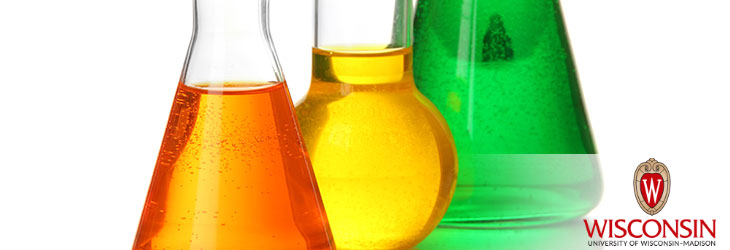Materials & Chemicals

Injection Molding Quality Control System
WARF: P06358US
Inventors: Lih-Sheng Turng, Zhongbao Chen
The Wisconsin Alumni Research Foundation (WARF) is seeking commercial partners interested in developing an online, adaptive injection molding quality control system.
Overview
Injection molding is a widely used manufacturing process for mass production of plastic parts, constituting a multi-billion dollar industry. Despite the popularity of injection-molded parts, however, their quality has remained difficult to predict and control without frequent intervention by machine operators.
The Invention
By making use of the unique signal of mold separation (MS), UW-Madison researchers have created an online and adaptive injection molding quality control system that outperforms conventional cavity or hydraulic pressure-based systems. MS is the momentary separation of a mold’s core and cavity plates that occurs at the end of filling step in the injection molding process. The maximum value of this separation is highly correlated with part weight, a key index of part consistency and quality.
To continuously monitor the small MS signal (in the micron range) the researchers mounted a non-intrusive, precision linear displacement transducer on the outside of the mold plates. The MS profile measured by the transducer is fed into adaptive control algorithms, which manipulate hydraulic pressure and the switchover point to maintain part consistency from cycle to cycle. Within a single cycle, the system also adjusts hydraulic pressure during the packing step to control the MS profile.
To continuously monitor the small MS signal (in the micron range) the researchers mounted a non-intrusive, precision linear displacement transducer on the outside of the mold plates. The MS profile measured by the transducer is fed into adaptive control algorithms, which manipulate hydraulic pressure and the switchover point to maintain part consistency from cycle to cycle. Within a single cycle, the system also adjusts hydraulic pressure during the packing step to control the MS profile.
Applications
- Injection molding
Key Benefits
- Provides 100 percent quality inspection and automatic tuning of the molding process
- Unlike cavity pressure sensors, which are located inside the mold where they can adversely affect part quality, the transducer of this invention is easily mounted outside the mold cavity.
- Applicable to any mold and resin where MS occurs during the process without causing “flash,” or ejection of polymer from the mold
Stage of Development
Experiments with different plastic resins and mold geometries found that this technique significantly reduces both long- and short-term variability in part weight as compared to conventional hydraulic pressure control.
Publications
- Chen Z., Turng L.-S. and Wang K.-K. 2006. Adaptive Online Quality Control for Injection-Molding by Monitoring and Controlling Mold Separation. Polymer Eng. Sci. 46, 569-580.
Tech Fields
For current licensing status, please contact Michael Carey at [javascript protected email address] or 608-960-9867